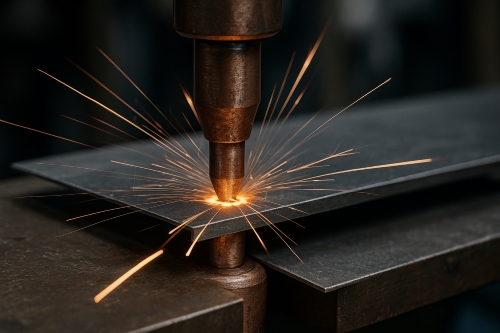The Heart Of The Lithium-ion Battery: Cathode Materials
In recent years, the power battery has developed rapidly as a core component of vehicles utilising new energy. The lithium-ion battery is the most commonly used power battery in such vehicles and is primarily composed of anode material, cathode material, diaphragm and electrolyte. Cathode materials account for over 40 % of the total cost of lithium batteries, and their performance directly influences the performance parameters of lithium batteries. The capacity and cost of anode materials are the limiting factors that obstruct the further development of lithium-ion batteries with high energy density, long service life and low cost. Consequently, the development of anode materials constitutes one of the key technologies for advancing high-energy lithium-ion batteries.

Lithium-Kobalt-Oxid
Lithium cobalt oxide is an inorganic compound and one of the most frequently used cathode materials for lithium-ion batteries. It features a two-dimensional layered structure that facilitates the extraction of lithium ions. Its theoretical capacity is 274 mAh/g. Given that the structural stability is limited, in practical applications only approximately 50 % of the Li+ in the lattice can be extracted, resulting in an actual specific capacity of about 140 mAh/g. Lithium cobalt oxide can be produced with relative ease and offers high electrochemical performance, good circulation and reliable charge–discharge capability. Consequently, it was the first cathode material to be employed on a large scale in lithium-ion batteries.
Lithium-Nickel-Oxid
The structure of lithium nickel oxide is a cubic rock-salt, similar to that of lithium cobalt oxide, but it is lower in cost compared with lithium cobalt oxide. It provides high temperature stability, low self-discharge, and tolerance for both overcharging and deep discharging without causing contamination. However, due to the stringent requirements for controlling process conditions, its manufacture is challenging and non‐stoichiometric compounds may form easily. Consequently, it is rarely used as a cathode material for lithium-ion batteries.
Lithiumeisenoxid
Lithium iron oxide, which occurs naturally as phospho-ferrite lithium ore, has an olivine structure and belongs to the orthorhombic crystal system. Its theoretical specific capacity is 170 mAh/g and its theoretical voltage is 3.5 V. It undergoes only minor structural changes before and after charge–discharge cycles and exhibits good circulation and high-temperature stability. In addition, it can achieve nearly its theoretical capacity at room temperature. However, under conditions of high current, it experiences significant polarisation and its reversible capacity declines rapidly. Moreover, it cannot be charged or discharged at high current.
Das Mischoxid aus Lithium-Mangan-Nickel-Kobalt
By adding Ni, Co and Mn, the composite oxides of lithium manganese nickel cobalt exhibit a distinct ternary interaction. The advantages of LiCoO2, LiNiO2 and LiMnO2 are incorporated in the material. The addition of Ni increases the capacity; inclusion of Co maintains a stable layered structure; and the introduction of Mn reduces material costs and increases safety.

 Bars
Bars
 Beads & Spheres
Beads & Spheres
 Bolts & Nuts
Bolts & Nuts
 Crucibles
Crucibles
 Discs
Discs
 Fibers & Fabrics
Fibers & Fabrics
 Films
Films
 Flake
Flake
 Foams
Foams
 Foil
Foil
 Granules
Granules
 Honeycombs
Honeycombs
 Ink
Ink
 Laminate
Laminate
 Lumps
Lumps
 Meshes
Meshes
 Metallised Film
Metallised Film
 Plate
Plate
 Powders
Powders
 Rod
Rod
 Sheets
Sheets
 Single Crystals
Single Crystals
 Sputtering Target
Sputtering Target
 Tubes
Tubes
 Washer
Washer
 Wires
Wires
 Converters & Calculators
Converters & Calculators
 Write for Us
Write for Us
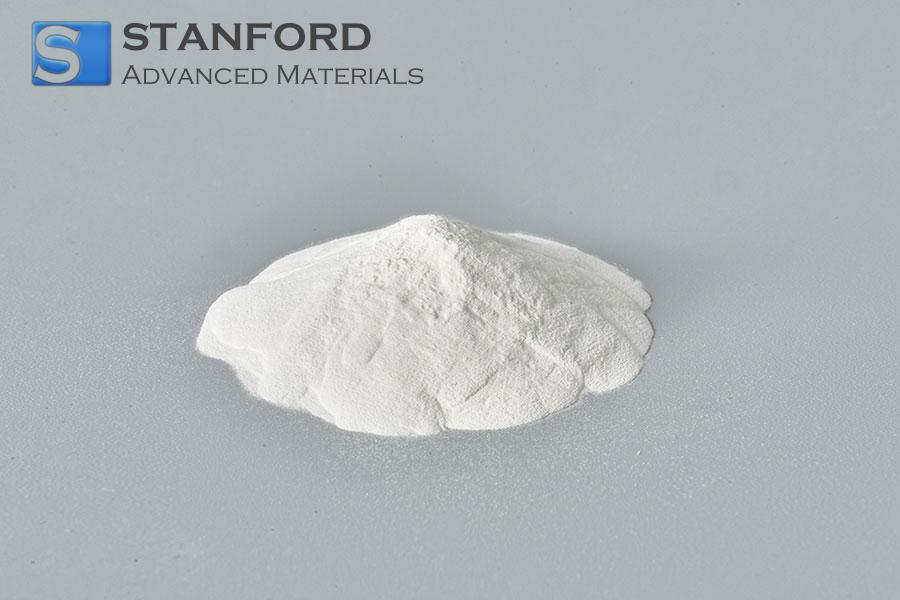
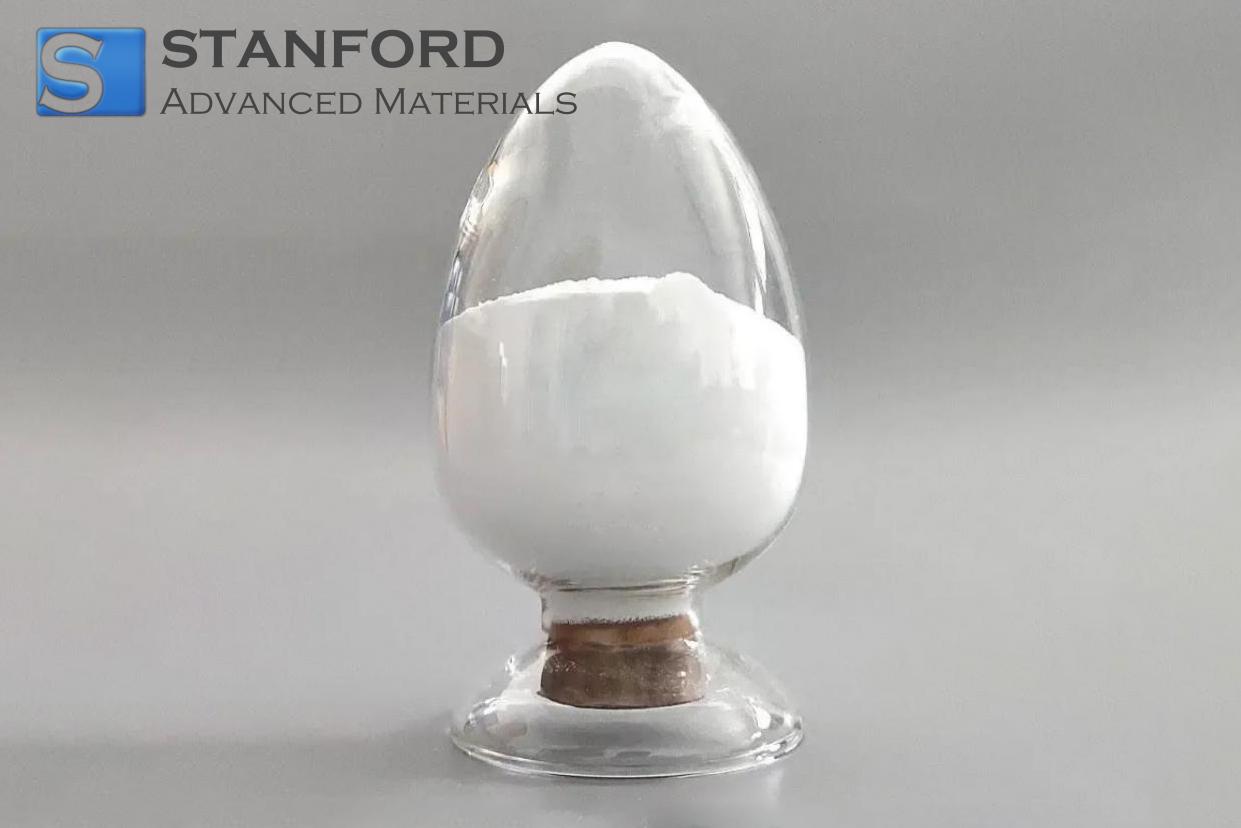
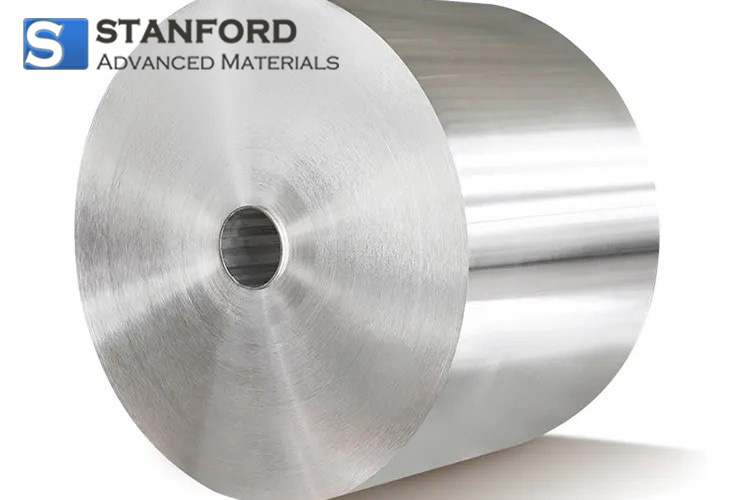
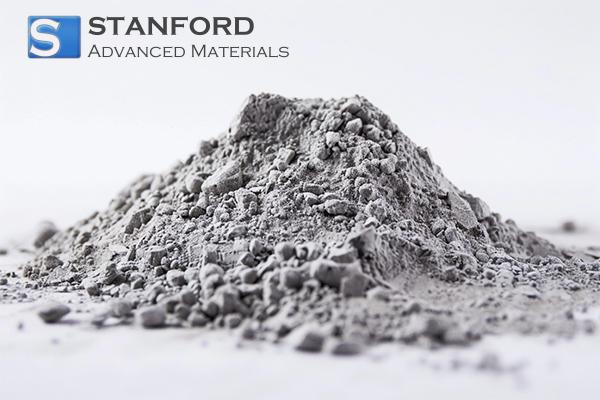
 Chin Trento
Chin Trento



